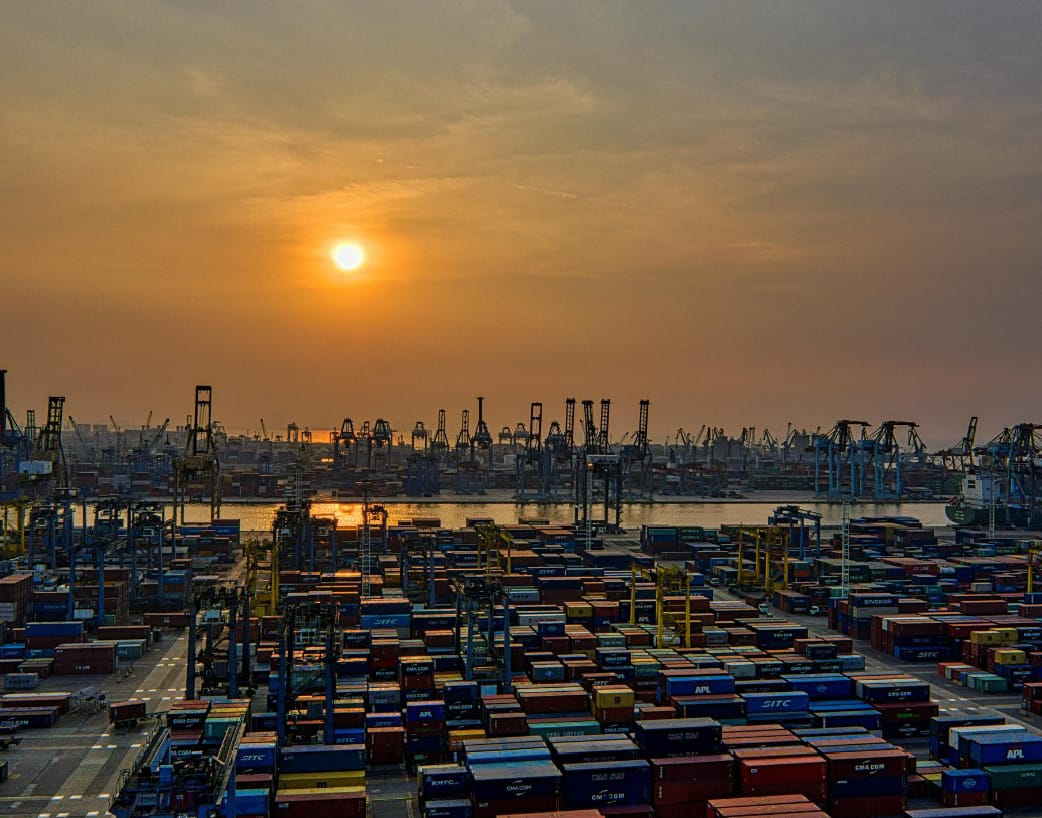Thinking of importing a car into Kenya? Whe n you're buying from the international market, it’s important to understand the rules and costs involved. From the year of manufacture limits to marine insurance and port handling charges, this guide covers all the essentials for a smooth car importation process in 2025.

1. Age Limit: Year of Manufacture
Kenya only allows the importation of vehicles that are eight years old or newer from the year of first registration. For example, in 2025, you can only import vehicles manufactured in 2018 or later.
Older vehicles will not be cleared at the port and may be re-exported or destroyed at your cost.
2. Left-Hand Drive (LHD) Vehicles Not Allowed
Kenya only allows right-hand drive (RHD) vehicles. Left-hand drive cars are strictly prohibited unless imported for special use (e.g., ambulances or diplomatic vehicles with approval).
3. Roadworthiness Inspection (QISJ)
All vehicles must be inspected in the country of export before shipment. The most commonly used inspection agency is QISJ (Quality Inspection Services Japan), especially for cars from Japan. The car must pass this inspection to meet Kenya Bureau of Standards (KEBS) regulations.
4. Marine Insurance
Marine insurance protects your vehicle during shipment and is a mandatory requirement. You can either:
This cost is factored into the CIF value (Cost, Insurance, and Freight).
5. Port Charges and Handling Fees
Once your car arrives at the Port of Mombasa, you will need to cover several charges, including:
* Timely clearance is essential to avoid extra daily storage charges.
6. Import Duty and Taxes
Your vehicle will be subject to various taxes and duties, including:
All taxes are calculated based on the Customs Value, which is derived from the CIF.
7. Logbook and Ownership Documents
Make sure the car has a clean title or logbook from the country of origin. The documents must be handed over to your clearing agent for registration with the NTSA (National Transport and Safety Authority) once the car is cleared.
The average car importation and clearance process takes 7–14 working days if all documents are in order and port congestion is minimal.
Thinking of importing a car to Kenya in 2025?
Contact Zorro Car Imports today for a smooth, transparent experience.